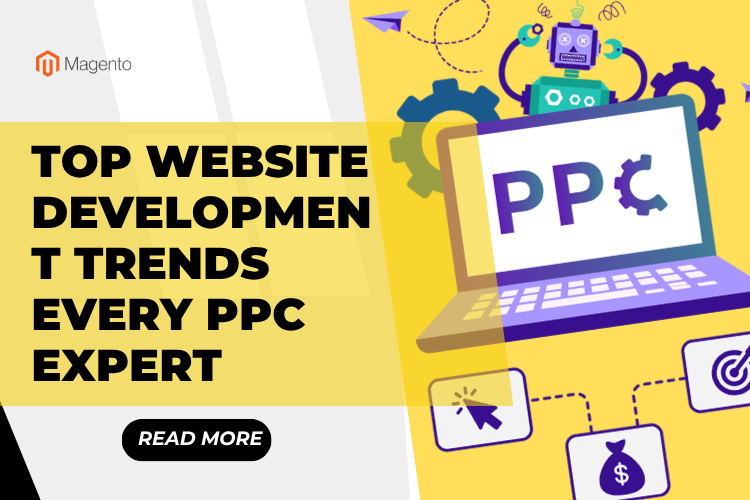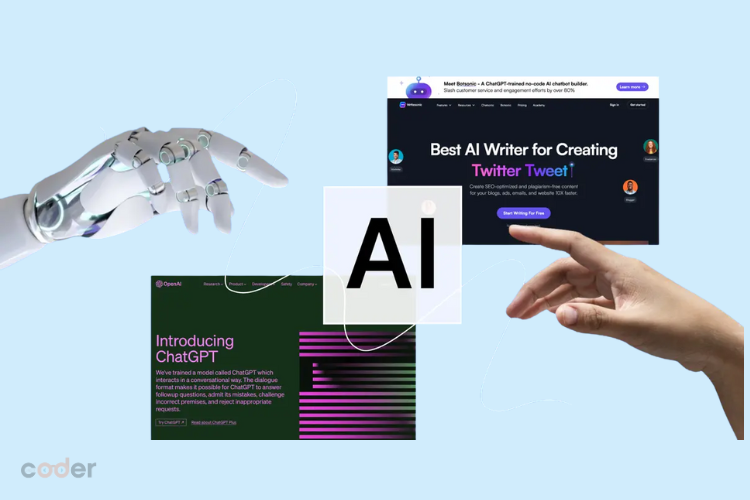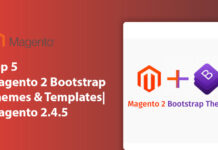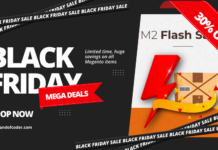
The digital world is constantly changing and this way together website development and PPC advertising have come to a point of being very much interdependent. From my research and observations, every PPC expert has now turned his focus not only to ad optimization but also to the website’s performance, loading speed, and conversion rate. It is a fact that no matter how great your ad is, if the landing page does not attract the users, your cost per click increases and conversion decreases.
According to my understanding, the trends of website development for the year 2025 have indirectly caused a strong wave to sweep over Google Ads, AdWords, and PPC campaigns. I am going to share in this article the most effective website development strategies that every Google PPC expert and AdWords PPC consultant swears by for achieving maximum ROI and sustainable digital growth.
Table of Contents
Top Website Development Trends Every PPC Expert
1. The very first thing is the Load Times, which have to be Non-Negotiable
Market research indicates that more than half of the internet users will navigate away from a site that takes over three seconds to load. This one fact places the optimization of page speed on top of the list of priorities for each and every PPC specialist. A quicker website results in a better Quality Score on Google Ads, also it results in fewer bounce rates, and the plus point is the user experience.

Practices such as lazy loading, image compression, and the use of content delivery networks (CDNs) are now considered standard methods. In my opinion, leveraging Google’s PageSpeed Insights tool helps detect performance constraints and provides easy-to-follow instructions on enhancing page speed, which is critical for an effective PPC landing page.
2. Mobile-First Design Takes the Center Stage
Based on my research, it seems that mobile devices are responsible for almost 70% of all paid ad clicks. So, a shift in users’ behavior is pushing every AdWords expert to consider mobile-oriented web design as a priority. Responsive design is a way of creating a website that automatically adapts to various screen sizes and gives a great browsing experience to the users.
Besides, the mobile-first website improves the ads performance metrics from Google. One could say that the better ad placement and lower CPC rates are the rewards for mobile-optimized sites by Google’s algorithm. In a nutshell, a Google Ads specialist has to regard mobile design as a top-tier necessity to bring out the best in ads’ performance.
3. Interactive Landing Pages Increase Conversions
Static pages are on their way out. Interactive components such as chatbots, sliders, and dynamic CTAs are changing the way users interact with landing pages. According to market surveys, websites that incorporate interactive features get up to 30% more engagement than those that don’t.
An experienced Google AdWords professional knows well that not only do interactive landing pages lead to a higher conversion rate, but also to longer user stays on the page. In my observation of different campaigns adding an interactive quiz or calculator directly related to the ad copy has a huge positive impact on conversion rates.
4. Merging AI and Automation in PPC Landing Pages
AI has come a long way in web development, and it has also impacted PPC strategies positively. As I have read, adopting AI-based analytical tools can give the PPC expert the power to figure out which landing page styles yield the most conversions.

To illustrate, AI chatbots can customize the user’s coming and going and do it on the spot, while the use of automated A/B testing tools can constantly optimize landing page features. It is my understanding that AI-driven personalization not only helps in cutting down bounce rates but also increases the overall ROI for AdWords PPC consultants and Google Ads specialists.
5. Minimalist and Clean User Interfaces
The era of messy designs has ended. According to market research, minimalism has become the characteristic trend of high-performing websites. The presence of clean layouts with unambiguous CTAs, succinct copy, and visually attractive color schemes results in a better conversion rate.
No PPC specialist, however, dares to ignore that clutter diverts users and accordingly reduces the performance of ads. From my experience, it is simple design elements that direct users to the intended action (like signing up or buying) that can greatly improve advertising campaign results.
6. Core Web Vitals and PPC Performance
From my experience, Core Web Vitals—metrics that Google defines—have a large impact on both the website ranking and ad performance. They consist of metrics such as Largest Contentful Paint (LCP), First Input Delay (FID), and Cumulative Layout Shift (CLS).
A PPC expert at Google needs to check every landing page against these standards. When the Core Web Vitals score is great, the performance of your ads improves, the duration of user visits increases, and the conversion rate soars impressively.
7. Personalized Content for Audience Segmentation
My research findings show that personalization has come to the point where it is no longer optional, but it is a must-have. With the help of data from Google Analytics and AdWords, PPC specialists are able to categorize audiences by their behaviors, demographic, and intent.
Dynamic landing pages are then utilized to display tailored content that corresponds to each segment. For example, a potential customer who types “affordable PPC services” would be presented with a different offer than one who is typing “enterprise PPC solutions.” Market research has substantiated that when a campaign is personalized, it is capable of attracting up to 45% more conversions.
8. Voice Search Optimization
The use of voice search is increasing, and this is mainly due to the popularity of devices such as Alexa and Google Assistant. Based on my understanding, the Google Ads expert’s ability to receive the entire audience trust will come from optimizing the website for voice queries.

This means that the keywords used should be natural and conversational, and also the landing pages should be answering the queries directly. In my opinion, voice-optimized landing pages have a great chance to win featured snippets, thus indirectly increasing the PPC visibility.
9. User Trust through Enhanced Security
Security is not only a major concern for online users but also a priority for them. According to my studies, websites that possess SSL certificates and display clear privacy policies gain more trust and this trust eventually translates into better ad performance.
For a Google AdWords expert, having a site secured with HTTPS is a must. A secure website will not only win over the trust of the users but will also reflect positively on your Quality Score. Users will be more inclined to convert their visits into transactions if they believe that their information is secure.
10. Video Content Integration
The digital realm is now largely dominated by videos, and the effectiveness of videos is acknowledged by PPC experts. Market studies indicate that landing pages that have embedded videos experience a 34% rise in conversion rates.
The use of video content, whether it is for a product demo, a testimonial, or an explainer, helps to capture the audience’s attention. In my view, videos combined with powerful CTAs can dramatically lower bounce rates and improve ad relevance scores.
11. Data-Driven Decision Making
From my research, the backbone of successful PPC and web strategies is data. The experts in AdWords depend on the measurement of user behavior, click rates, and conversion patterns through the use of analytical tools.
Heatmaps, conversion tracking, and A/B testing are some of the techniques that PPC professionals use to make data-driven decisions. This data-led approach guarantees unending optimization and also helps in the aligning of ad campaigns with business objectives.
12. Progressive Web Applications (PWAs)
PWAs are changing the way that users are seeing websites. According to my understanding, the applications are providing the combined advantages of the web and mobile experiences—along with fast load times, offline access, and push notifications.
PWAs for Google Ads specialists mean an undisturbed experience that fosters customer loyalty, visit reoccurrence, and user interaction. The quicker and more user-friendly the journey, the greater the conversion rates.
Conclusion
Through my research and observation span of years, I have come to the conclusion that successful PPC campaigns are entirely dependent on the websites that are well-optimized and focused on users. The digital marketing future is being shaped by the trends that have been discussed earlier—AI automation, mobile-first design, interactive layouts, and video integration.
All PPC pros, AdWords PPC consultants, and Google Ads specialists have to sync their tactics with these developments in website creation to remain influential in 2025 and after.
With the help of reliable enterprise SEO services, enterprise SEO solutions, and support from a skilled enterprise SEO consultant, companies can enjoy a dominating position in both organic and paid channels. Collaborating with reputable enterprise SEO companies or utilizing enterprise SEO consulting can enhance these initiatives, thereby leading to the online success that is sustainable across all digital platforms.











![[SALE OFF] Discount 30% All Premium Extensions On Christmas And New Year 2025 christmas-and-new-year-2025](https://landofcoder.b-cdn.net/wp-content/uploads/2024/12/christmas-and-new-year-2025-1-218x150.png)






